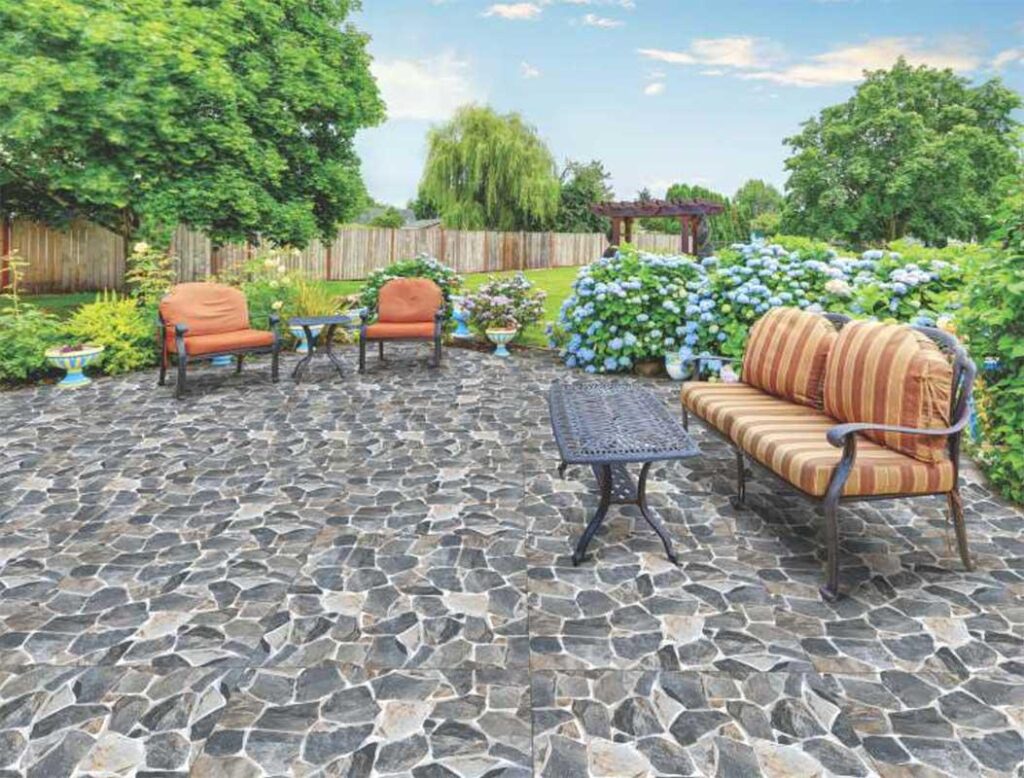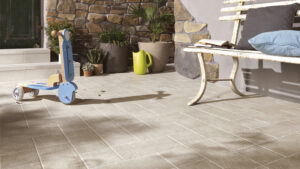Introduction
Herringbone tiles have made their way from historical European architecture to today’s modern home design, becoming one of the most sought-after patterns in kitchens. With their distinct zig-zag layout, herringbone tile patterns bring texture, movement, and timeless charm to any space. Whether you’re planning a full kitchen renovation or simply looking to refresh your backsplash, herringbone kitchen tiles are an elegant way to elevate the heart of your home.
In this guide, we’ll explore 10 creative ways to use herringbone tiles in kitchens, along with design ideas, installation tips, and maintenance advice to inspire your next project.
A Brief History of Herringbone Tiles
The herringbone pattern dates back to the Roman Empire, where it was used to pave roads due to its strength and stability. Over centuries, it made its way into textiles, parquet flooring, and interior finishes, becoming a symbol of sophistication. Today, herringbone tiles are celebrated for blending classic style with modern aesthetics, making them a versatile choice in kitchens and beyond.
Why Herringbone Tiles Are Perfect for Kitchens
Kitchens are more than cooking spaces—they’re the hub of family life and entertainment. Herringbone kitchen tiles add visual interest and sophistication without overwhelming the room. They can be subtle when used with neutral tones or bold when paired with contrasting grout or vibrant colors. The pattern’s flexibility means it suits modern, farmhouse, industrial, and even traditional kitchen styles.
10 Creative Ways to Use Herringbone Tiles in Kitchens
1. Classic Herringbone Backsplash
A herringbone backsplash instantly adds elegance to your kitchen. Whether you choose glossy white subway tiles for a clean look or marble tiles for luxury, the diagonal pattern creates movement and depth. Pair with light cabinetry for an airy effect or darker tones for contrast.

2. Full-Height Statement Wall
Extend herringbone tiles from the benchtop all the way to the ceiling to create a striking focal point. This works particularly well behind a range hood or open shelving, transforming a plain wall into a design feature.
3. Herringbone Kitchen Island Cladding
For a bold, modern home design idea, consider cladding your kitchen island with herringbone tiles. This unexpected use adds texture and becomes a conversation starter, especially in open-plan living spaces.
4. Flooring with Herringbone Tile Patterns
Herringbone tile flooring is both stylish and practical. Porcelain or ceramic herringbone tiles resist moisture, making them perfect for busy kitchens. The angled layout can also make narrow kitchens appear wider, enhancing the room’s proportions.
5. Mixing Materials
Combine different materials like marble and ceramic or matte and glossy finishes within a herringbone layout. This layered approach creates a unique, custom look that reflects your personality.
6. Colorful Herringbone Designs
Move beyond neutrals by experimenting with bold hues like navy, emerald, or terracotta. A colorful herringbone backsplash can inject energy into your kitchen while maintaining a classic pattern foundation.
7. Contrast with Dark Grout
White or light-colored herringbone tiles paired with dark grout highlight the zig-zag pattern beautifully. This technique works particularly well in modern and industrial kitchen styles.
8. Subtle Neutral Tones
For a more understated elegance, opt for beige, grey, or soft pastel herringbone kitchen tiles. Neutral tones create a timeless backdrop that complements a variety of cabinetry finishes.
9. Herringbone Open Shelving Backdrop
If you love open shelving, a herringbone tile backdrop can provide visual depth while allowing your display items—like glassware or cookbooks—to stand out.
10. Outdoor Kitchen Transition
Extend herringbone tiles from your indoor kitchen to an outdoor cooking area or patio. This continuity creates a seamless flow and reinforces your home’s design theme.
Installation Tips for Herringbone Kitchen Tiles
- Plan ahead: Herringbone tile patterns require precise cutting and alignment.
- Hire a professional: For large walls or floors, professional installation ensures a flawless finish.
- Use spacers: These help maintain even spacing and straight lines throughout the layout.
- Start from the center: Working outward ensures symmetry and balance.
Maintenance and Care
Keeping herringbone tiles looking their best requires minimal effort:
- Clean regularly with mild soap and water.
- Avoid harsh chemicals that can damage grout or finishes.
- Seal natural stone tiles to prevent staining.
- Wipe spills promptly to maintain longevity and beauty.
Conclusion
Herringbone tiles are more than just a trend—they’re a timeless design element that elevates kitchens with elegance and sophistication. From backsplashes to flooring and statement walls, their versatility makes them a go-to choice for homeowners seeking both beauty and functionality. By experimenting with color, material, and placement, you can transform your kitchen into a stylish and enduring space.
FAQs
Yes, herringbone tile flooring is an excellent choice for kitchens. Durable materials like porcelain or ceramic withstand high traffic and moisture while the angled pattern adds depth and makes the room feel larger.
While it’s possible, herringbone tile installation is more complex than standard layouts. Precise cutting and alignment are crucial. For small backsplashes, DIY may work, but for floors or full-height walls, professional installation ensures a flawless finish.
Absolutely. Herringbone tiles create movement and can make small spaces appear larger. Choosing lighter colors and minimal grout lines enhances the sense of openness.
Popular choices include ceramic, porcelain, marble, and natural stone. Ceramic and porcelain are durable and affordable, while marble adds luxury. The best material depends on your budget and desired style.
Simply clean with mild soap and water, avoid harsh chemicals, and seal natural stone if used. Wipe spills immediately to prevent staining. Regular care will keep herringbone kitchen tiles looking fresh and timeless.



